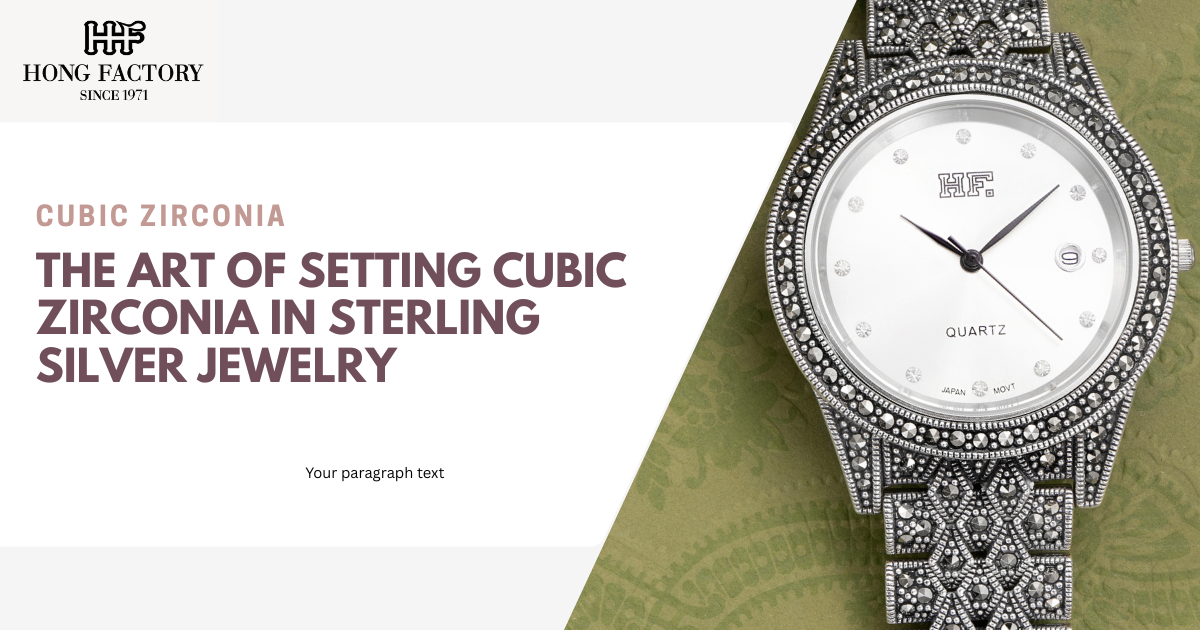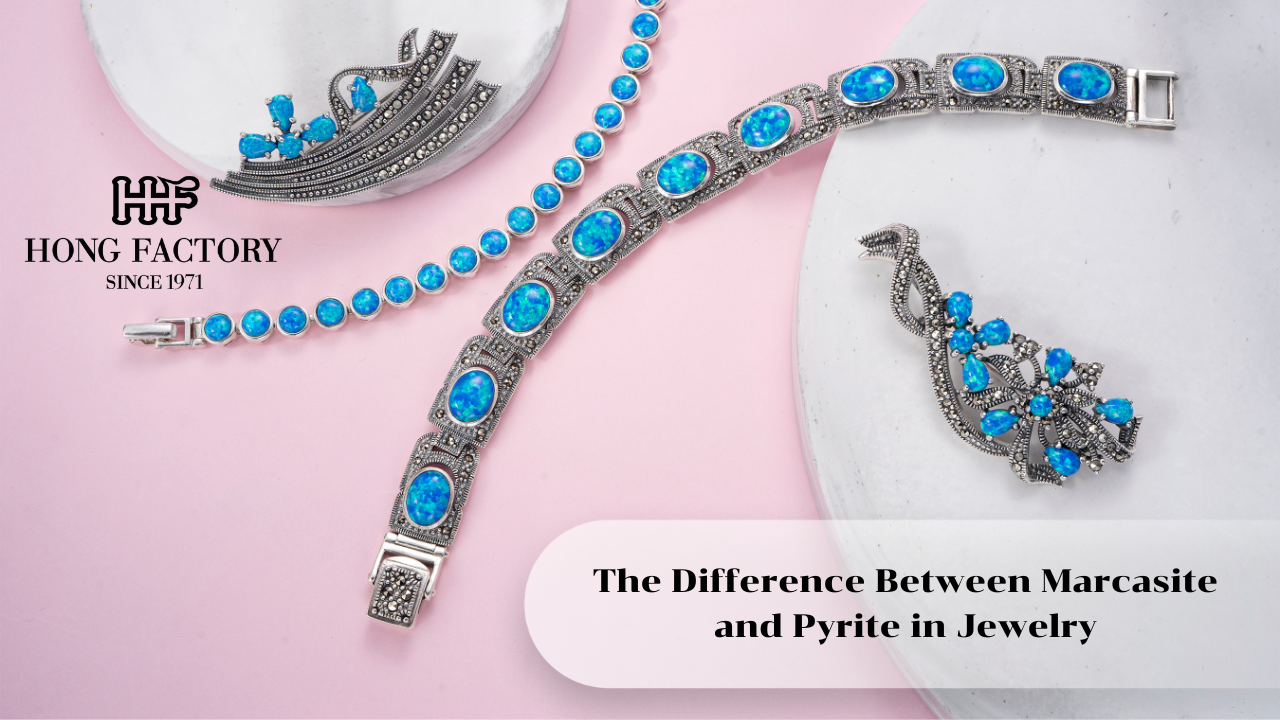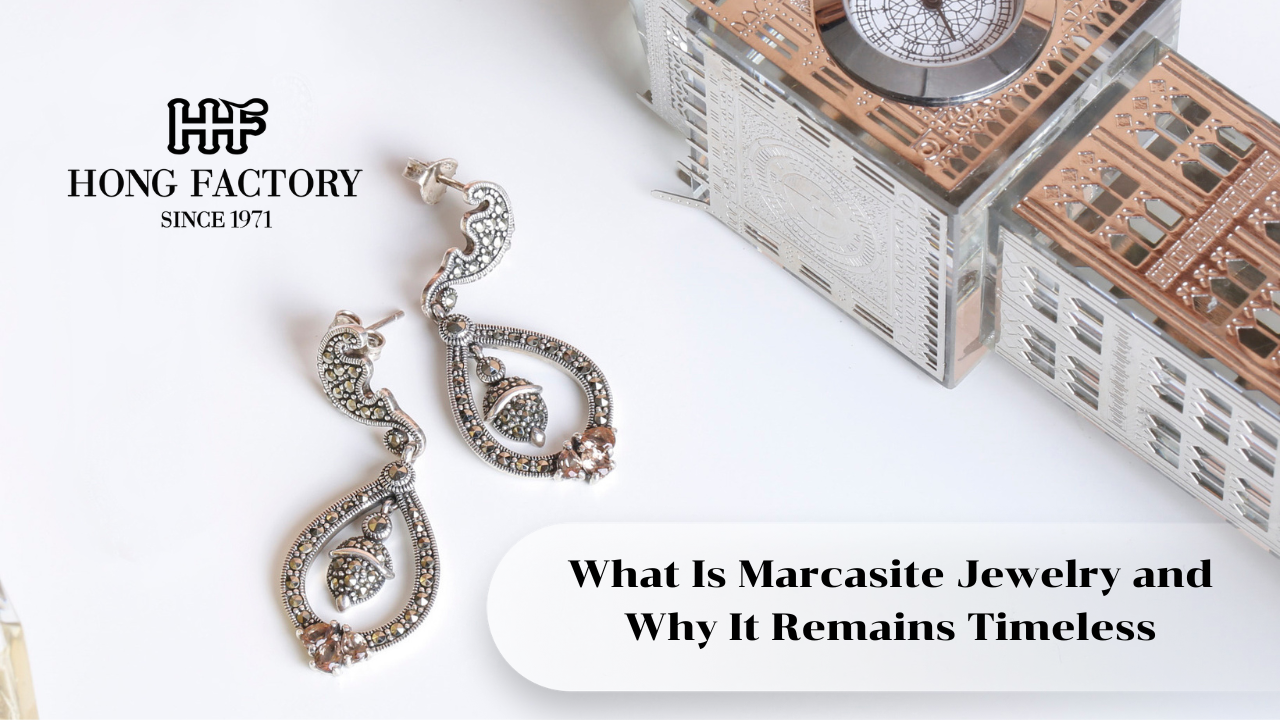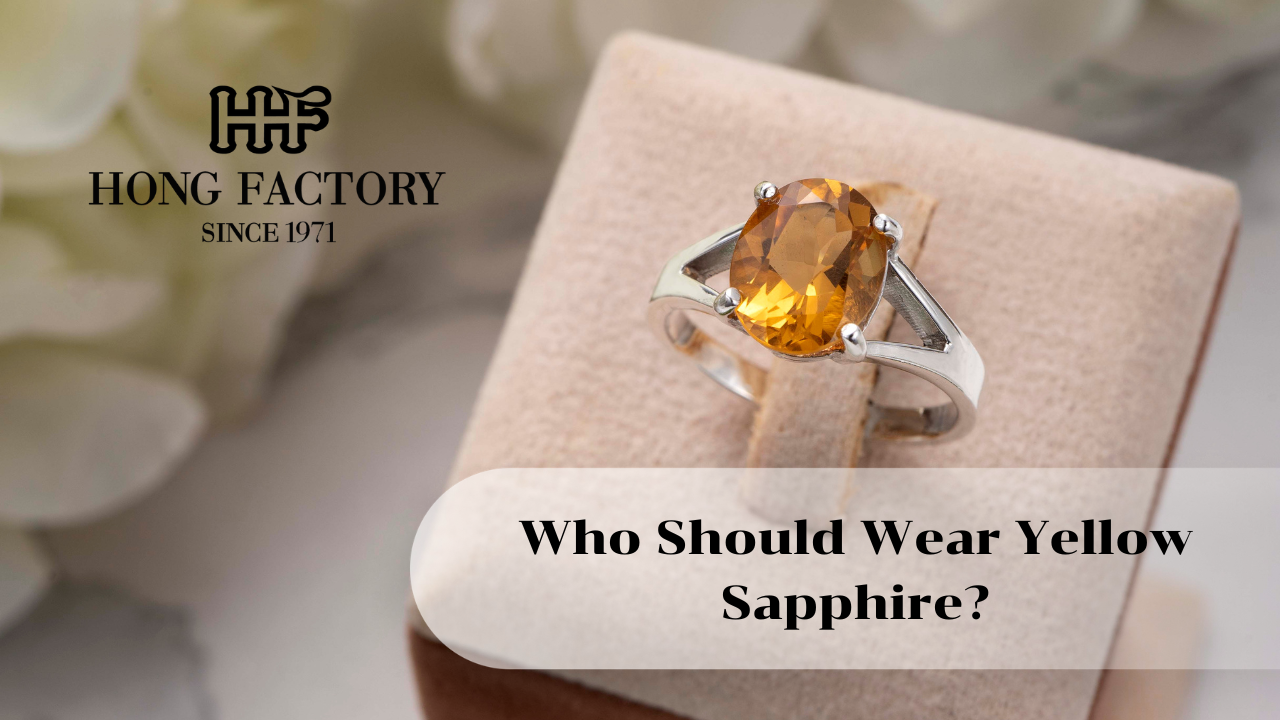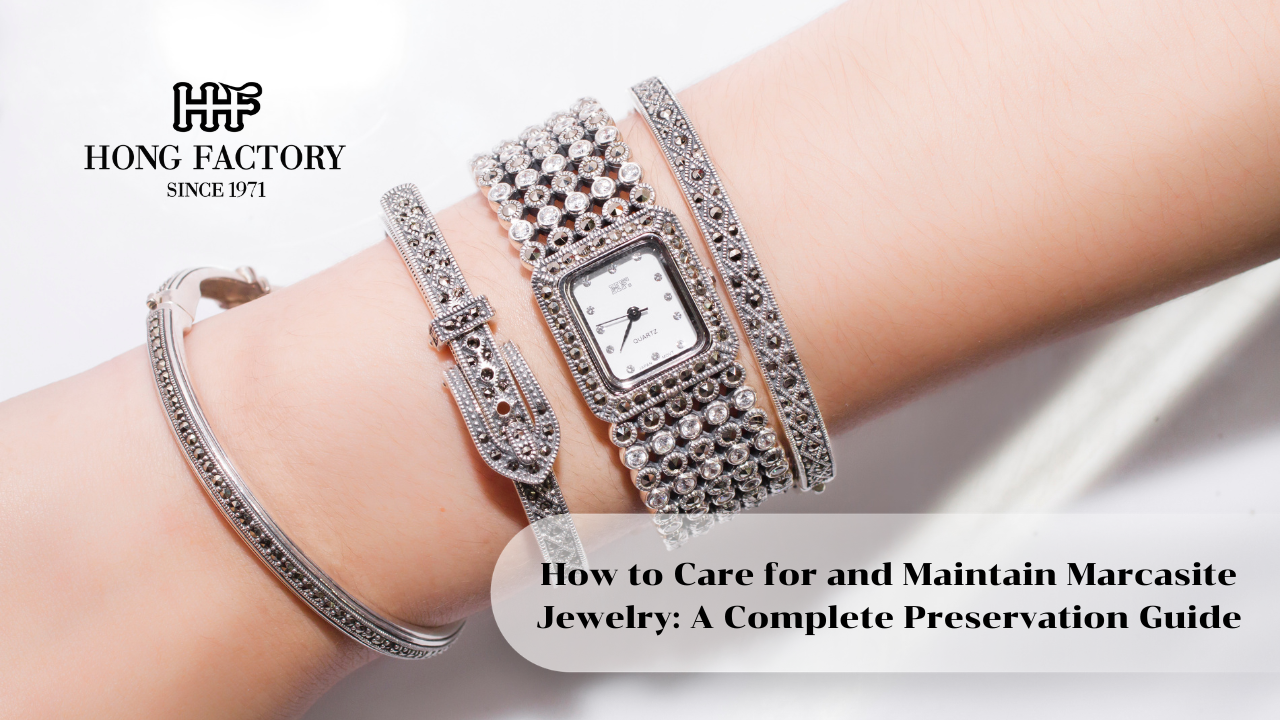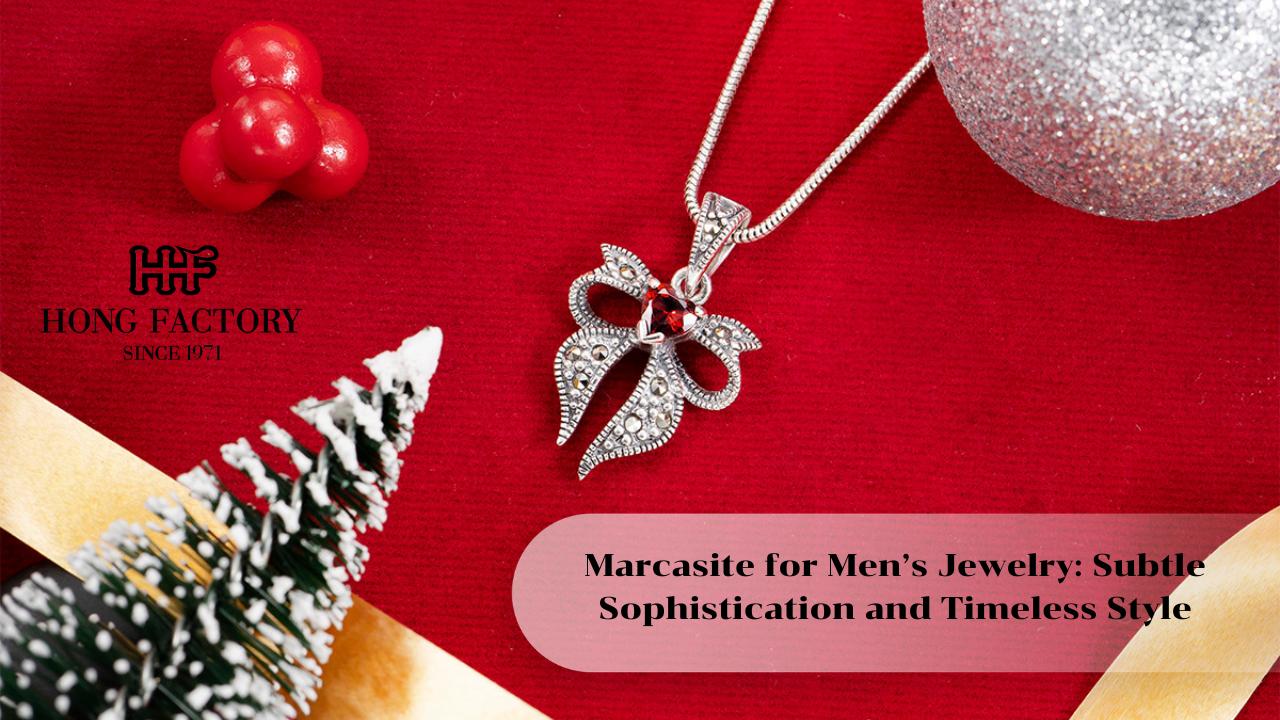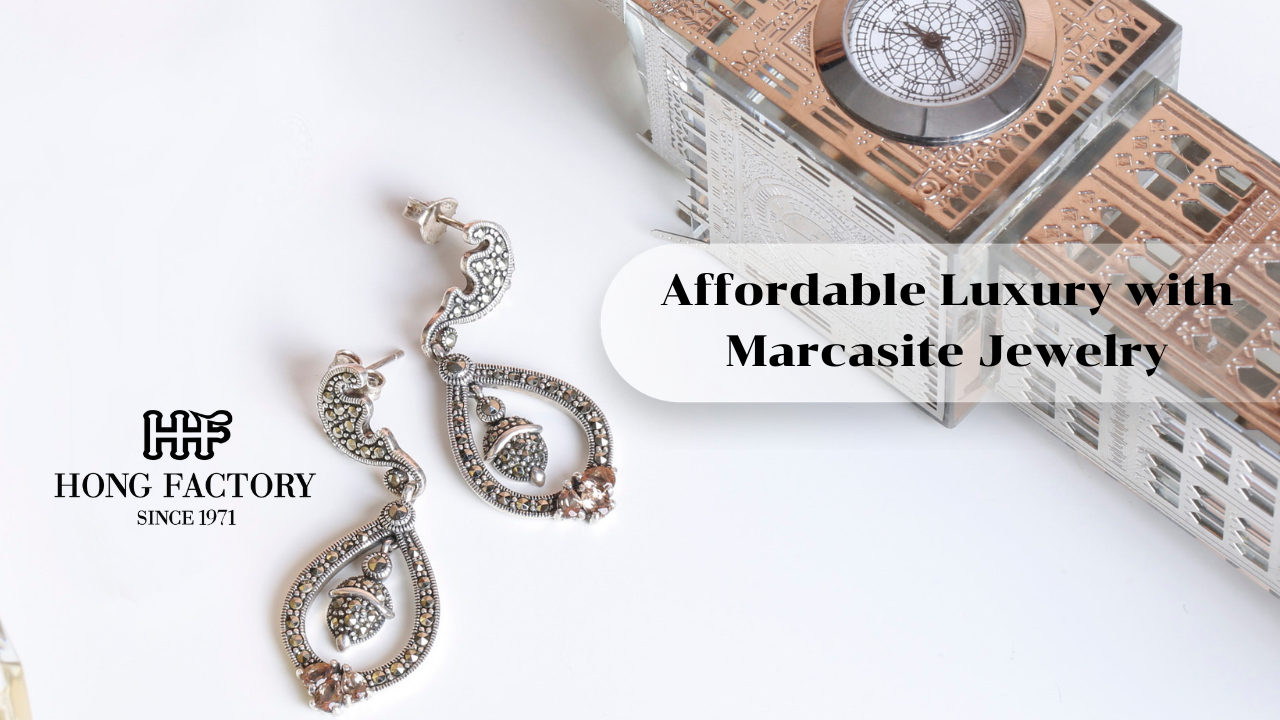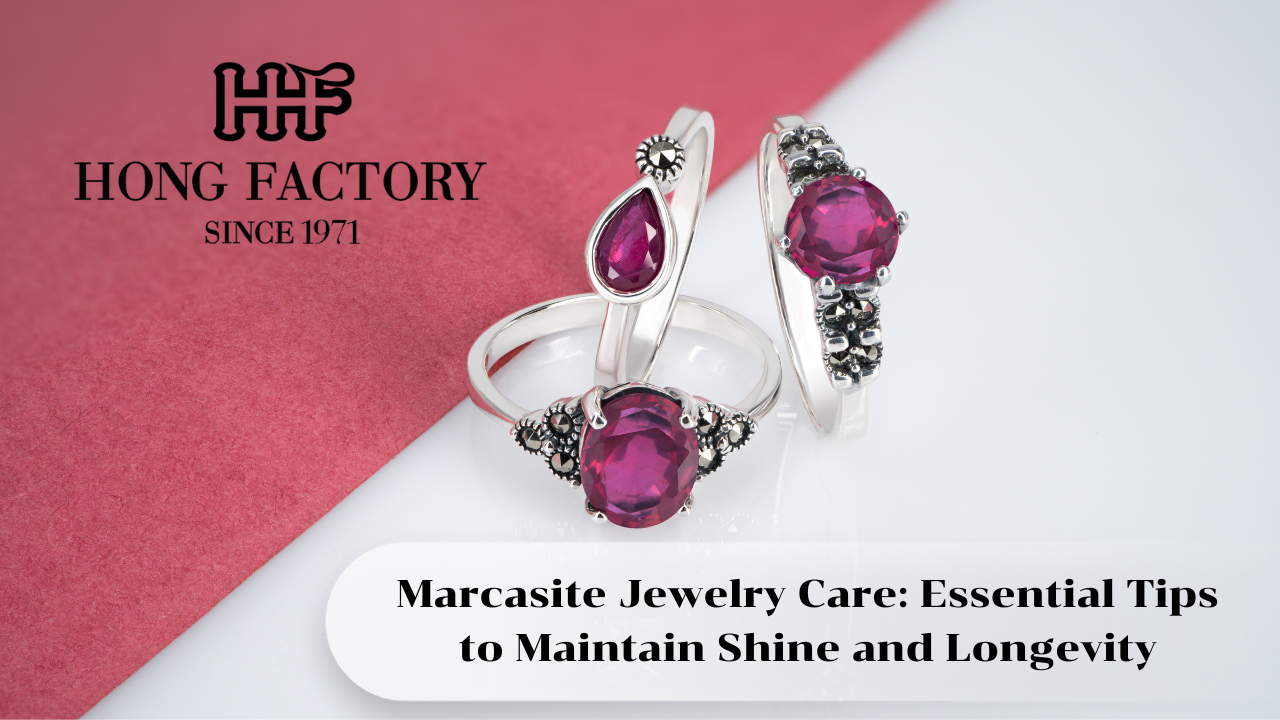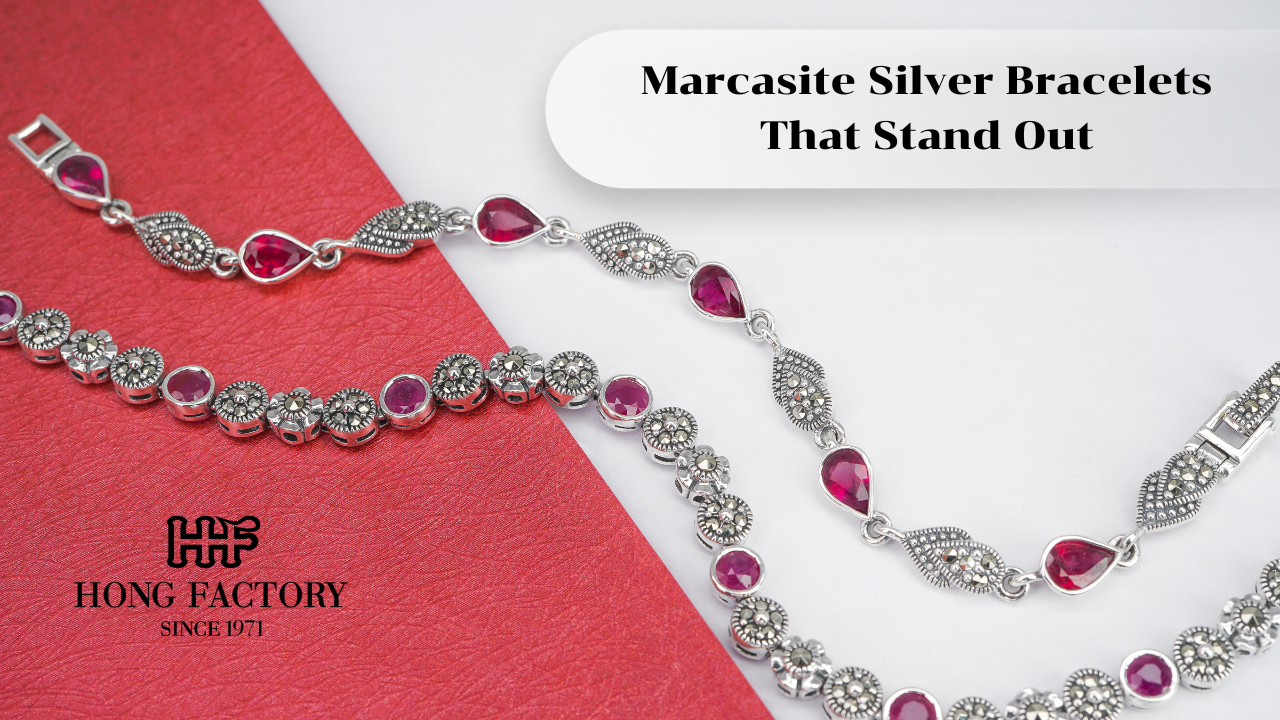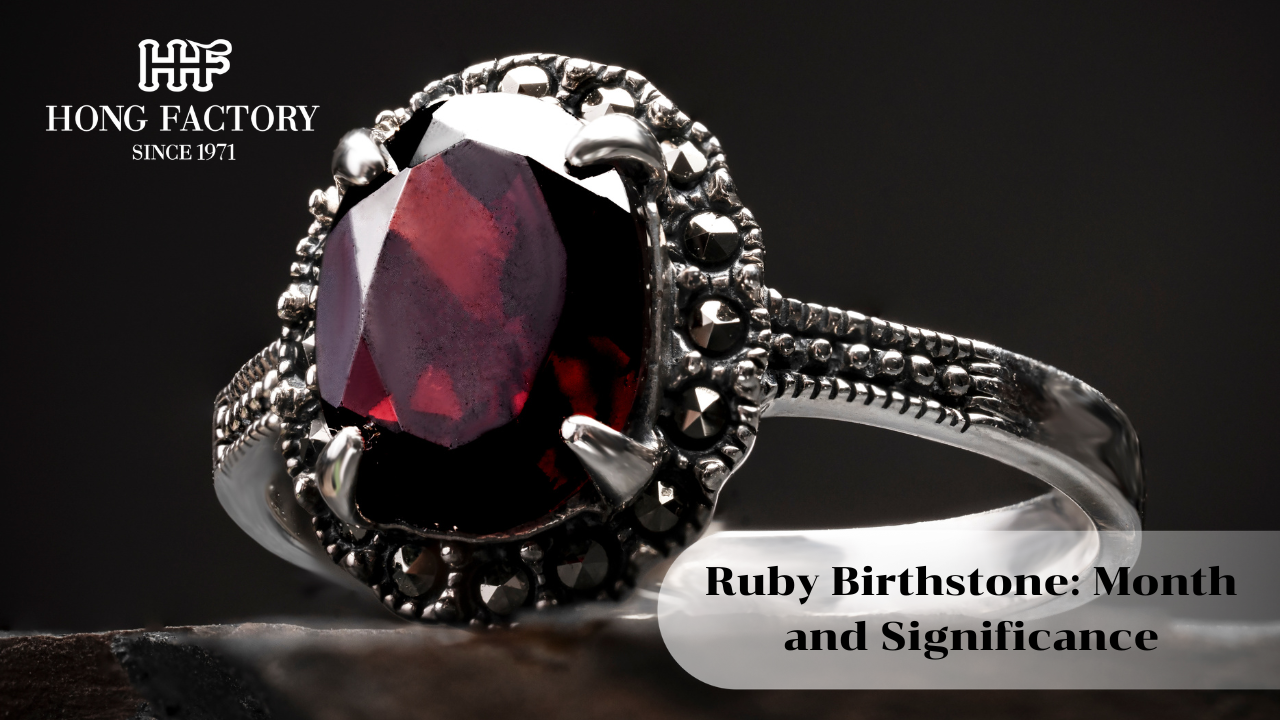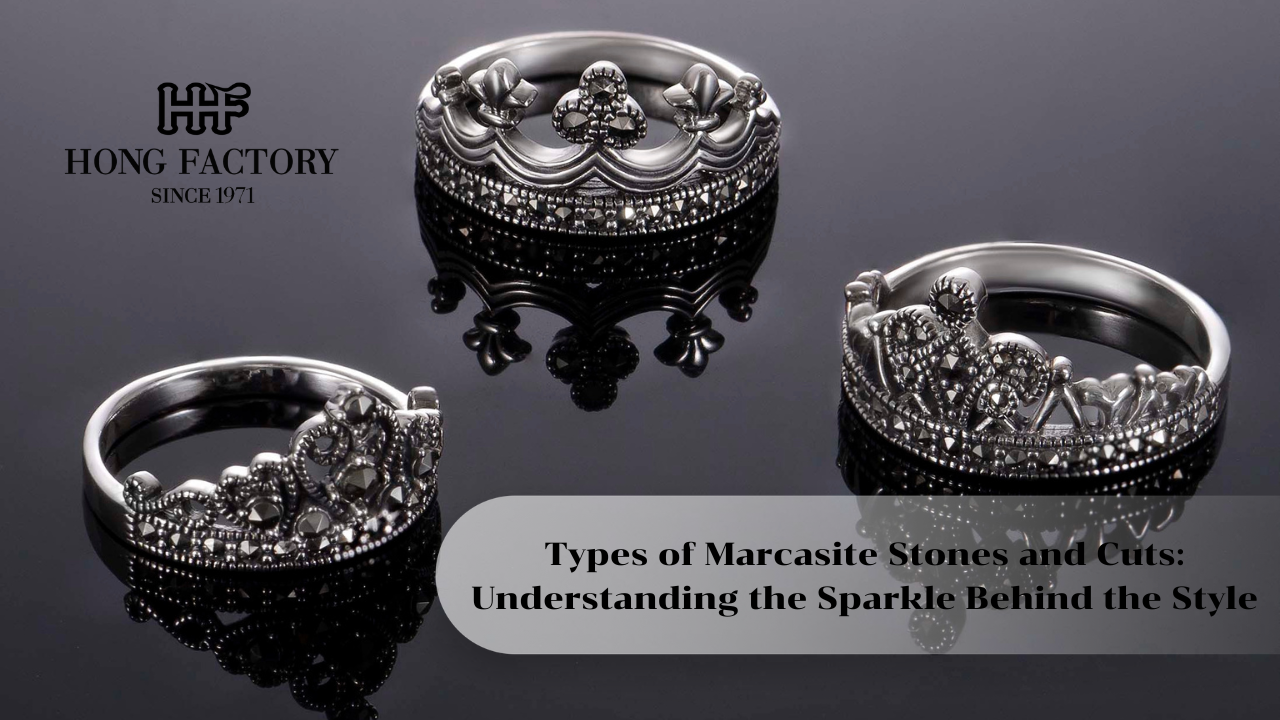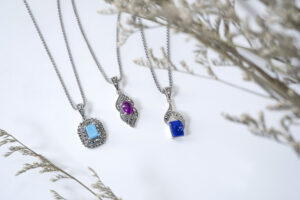
In the world of fine jewelry, the combination of Cubic Zirconia and sterling silver has become a hallmark of modern elegance. While Cubic Zirconia (CZ) offers unmatched brilliance and affordability, sterling silver provides a classic and durable foundation for intricate designs. Together, they create pieces that radiate luxury without the high cost of traditional gemstones. The process of setting Cubic Zirconia into sterling silver is both an art and a science—requiring precision, skill, and an understanding of how materials interact. marcasite
This article explores the craftsmanship, design principles, and techniques that go into creating high-quality CZ jewelry, highlighting why this pairing remains a timeless favorite among jewelers and fashion enthusiasts.
Understanding Cubic Zirconia and Sterling Silver
Cubic Zirconia is a synthetic gemstone made from zirconium dioxide. Developed in laboratories in the 1970s, it quickly gained popularity as a stunning and affordable alternative to diamonds. With its high refractive index and dispersion, CZ captures and reflects light beautifully, creating a brilliance that rivals natural gemstones.
Sterling silver, on the other hand, is an alloy made up of 92.5% pure silver and 7.5% other metals, usually copper. This blend enhances silver’s strength while preserving its luminous shine. When paired with Cubic Zirconia, sterling silver provides the perfect balance of durability and elegance.
Together, they form an ideal duo—Cubic Zirconia for sparkle and sterling silver for structure.
The Art of Setting Cubic Zirconia in Jewelry
Setting Cubic Zirconia into sterling silver is a delicate process that requires both artistry and technical mastery. Each setting type affects how light interacts with the stone, influencing its brilliance and overall aesthetic. Below are some of the most popular techniques used by jewelers:
- Prong Setting
The prong setting is one of the most traditional and popular techniques for CZ jewelry. Small metal claws (usually four or six) grip the stone securely, allowing maximum light to pass through. This setting enhances sparkle and creates a classic, elegant look. It’s often used in rings, earrings, and pendants.
- Bezel Setting
In a bezel setting, a thin rim of sterling silver encircles the Cubic Zirconia stone completely or partially. This type of setting offers excellent protection against damage while giving the piece a sleek, contemporary appearance. It’s ideal for everyday jewelry where durability is a priority.
- Pavé Setting
Pavé settings feature multiple small CZ stones closely set together on the surface of the jewelry, creating a continuous sparkle effect. The stones are held in place by tiny silver beads or prongs. This technique is perfect for adding texture and luxury to bracelets and statement rings.
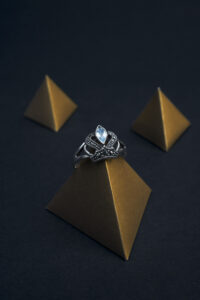
- Channel Setting
Channel settings involve placing Cubic Zirconia stones in a row between two parallel strips of silver. This secure setting style offers a smooth and sophisticated look, commonly used in eternity bands or wedding rings.
- Tension Setting
A tension setting gives the illusion that the Cubic Zirconia is floating in mid-air. The stone is held in place by the pressure of the silver band, creating a modern and minimalist design. Though visually striking, this setting requires extreme precision to ensure the stone remains secure.
- Halo Setting
In a halo design, smaller CZ stones surround a larger central stone, amplifying its brilliance. The contrast between the primary stone and surrounding sparkle creates a glamorous, eye-catching effect often seen in engagement rings.
Craftsmanship and Quality Control
High-quality Cubic Zirconia jewelry depends on meticulous craftsmanship. Jewelers must consider factors such as:
- Stone alignment: Ensuring perfect symmetry for even light reflection.
- Metal finishing: Polishing the silver to enhance shine and prevent tarnish.
- Secure mounting: Preventing any movement of the CZ stone during wear.
- Protective coating: Applying rhodium or platinum plating to prevent oxidation and maintain luster.
The process of setting CZ requires precision tools and careful handling to avoid damaging the gemstone’s surface or disrupting its optical clarity.
Why Sterling Silver Is Ideal for Cubic Zirconia
The combination of Cubic Zirconia and sterling silver offers several unique benefits:
- Affordability: Both materials provide luxury aesthetics at an accessible price point.
- Durability: Sterling silver’s strength ensures long-lasting wear, while CZ maintains its brilliance for years.
- Versatility: This pairing works beautifully for all jewelry types—from delicate studs to bold statement pieces.
- Timeless Appeal: The cool tone of silver complements the clear brilliance of Cubic Zirconia, making it suitable for both classic and modern styles.
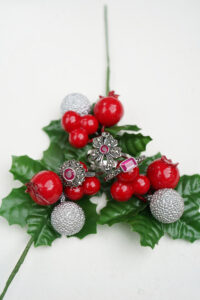
Caring for Cubic Zirconia and Sterling Silver Jewelry
To keep your jewelry looking radiant:
- Clean with a soft brush and mild soap solution.
- Avoid exposure to harsh chemicals, perfumes, and salt water.
- Store in a soft pouch or separate compartment to prevent scratches.
- Polish occasionally with a silver cloth to maintain shine.
With proper care, CZ and sterling silver jewelry can retain its beauty for decades.
The art of setting Cubic Zirconia in sterling silver represents the perfect fusion of science and artistry. Each piece reflects precision, creativity, and a passion for craftsmanship. Whether it’s a simple solitaire ring or an elaborate pavé design, this combination delivers timeless beauty that appeals to every jewelry lover.
Cubic Zirconia may be a man-made stone, but when set in sterling silver by skilled hands, it transforms into a masterpiece—proof that true elegance doesn’t have to come at a high price. In the realm of modern jewelry, the marriage of CZ and silver continues to redefine affordable luxury with brilliance, durability, and grace.

